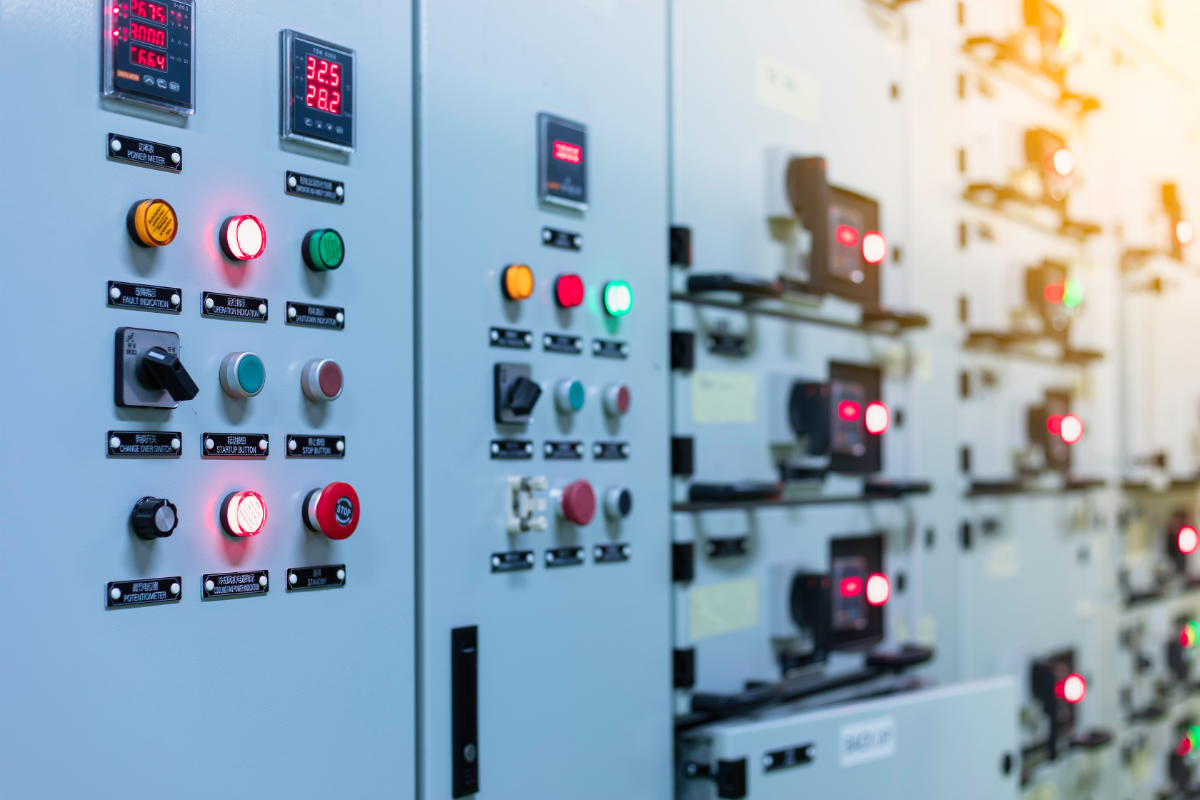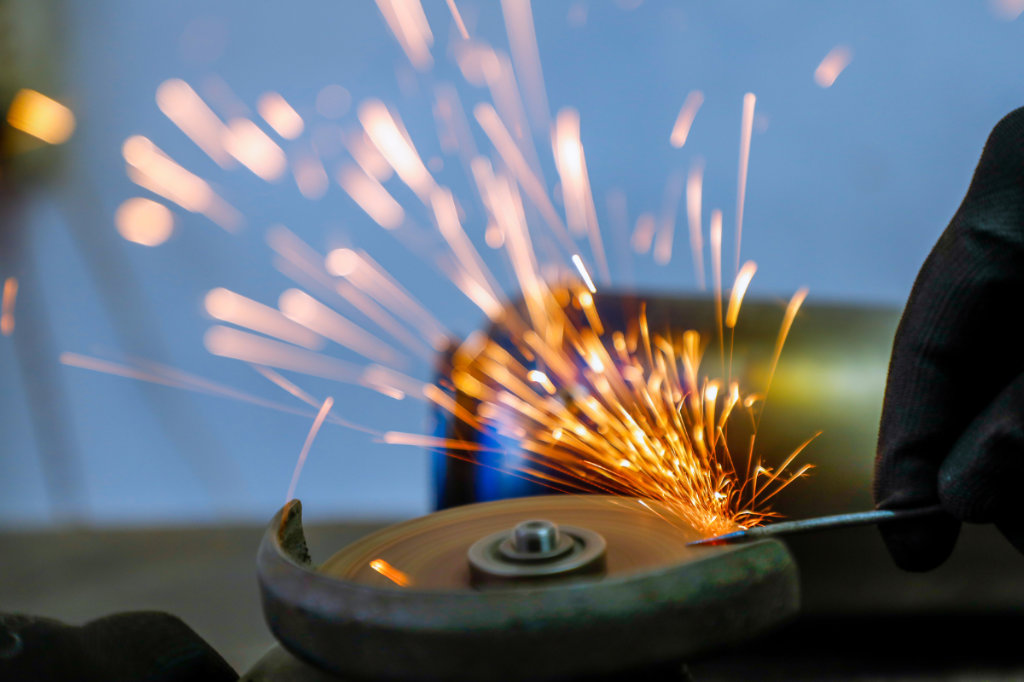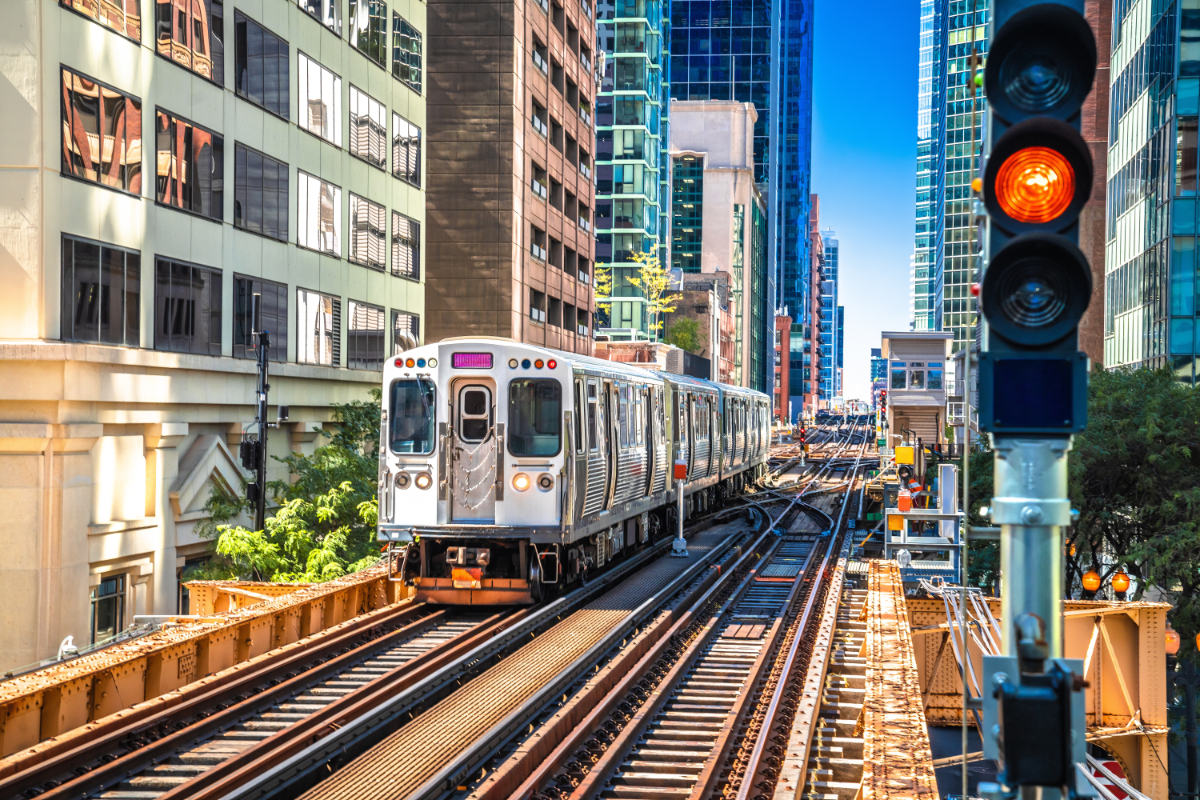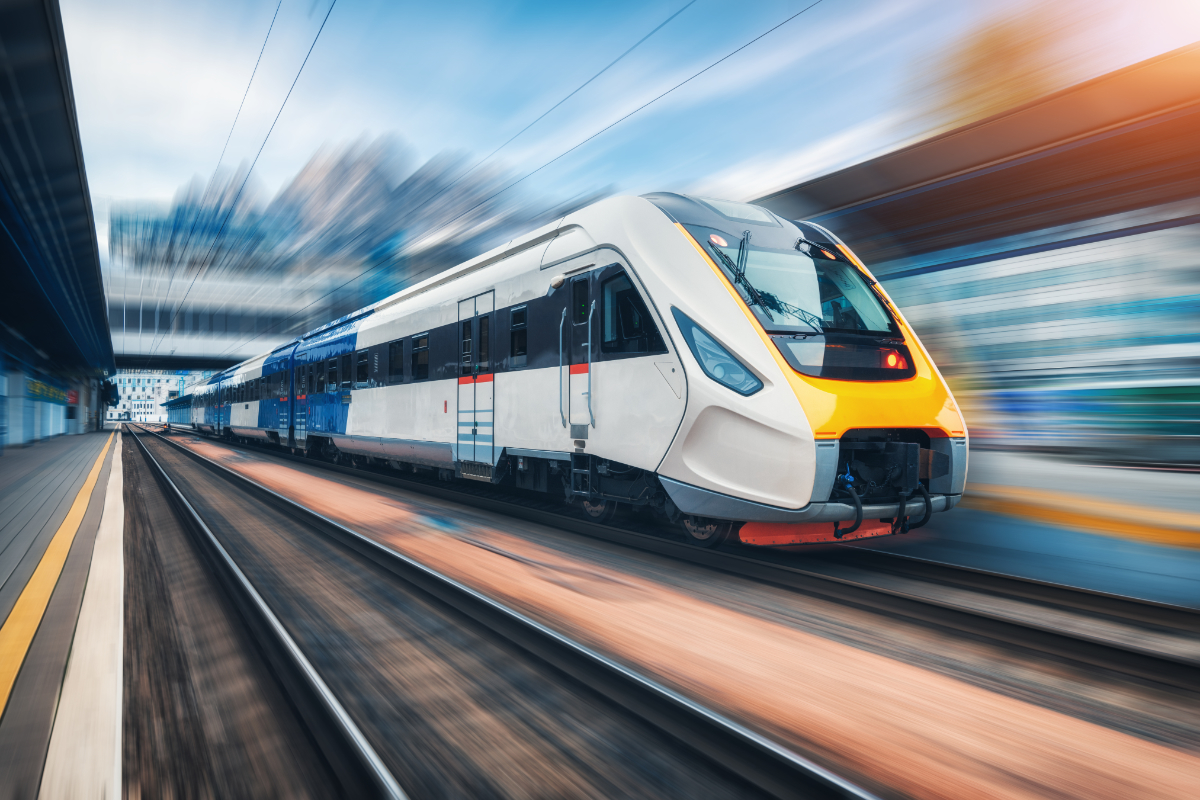
Mass transit plays a crucial role in modern life, with billions of trips being taken on public transit each year in the United States alone. Whether you use the train or bus to commute to work or school, visit friends and family, do your shopping, or run errands, the likelihood is that if you live in an urban area, you use mass transit at least some of the time.
More and more of our mass transit systems are now powered by electricity, which is a cost-effective and environmentally friendly alternative to fossil fuels. In this post, we will take a close look at one vital component of electrical systems for mass transit: DC switchgear.
What Is DC Switchgear?
DC switchgear is an essential component of electrical power control and distribution systems. In the context of mass transit, it consists of various electrical devices used to control, protect, and isolate electrical circuits throughout a transit system. It regulates the flow of direct current (DC), protecting the network from dangerous power surges or faults.
DC switchgear ensures that transit systems operate smoothly by isolating faulty sections of the network when problems occur, protecting the remaining operational sections from electrical damage. It also serves as a vital safety mechanism, ensuring that operators can safely work on these high-voltage systems without exposing themselves to the risk of electrocution.
DC vs. AC Switchgear
DC switchgear is designed to manage direct current, which flows in one direction. In contrast, alternating current (AC) switchgear is used for systems where current alternates directions, such as in typical power grids.
DC power is preferred in mass transit applications such as electrified rail systems, in which consistent power is required for the necessary propulsion systems. This is because it offers better control over speed and braking and is more efficient over long distances.
The Important Role DC Switchgear Plays in Mass Transit
Mass transit systems such as rail networks rely heavily on DC power for a consistent, uninterrupted delivery of electricity. This means that DC switchgear is essential for controlling this power and safeguarding the system and its personnel.
Unreliable switchgear can lead to system failures, causing costly downtime and operational inefficiencies. Faulty power distribution can also pose significant safety risks to both operators and passengers.
By ensuring the safe and reliable distribution of electrical power, DC switchgear helps transit authorities maintain their schedules reliably, avoid service interruptions, and ensure that transit operations run smoothly and safely.
Substations and Rolling Stock
DC switchgear is used in transit substations to distribute power from the grid to the rail system. It ensures that power is safely and efficiently converted to the appropriate voltage and current levels to propel the vehicles. In particular, it plays a key role in converting high-voltage AC power from the main grid to low-voltage DC power for use in a rail system.
Onboard rolling stock (trains), DC switchgear ensures that power is properly routed to the propulsion systems and other onboard equipment. It also protects the propulsion systems from overloads and faults, ensuring that the trains can accelerate, brake, and operate efficiently.
The Key Components and Functions of DC Switchgear
A DC switchgear system consists of the following key components and functionalities:
Circuit Breakers
Circuit breakers are designed to interrupt the flow of electricity when a fault is detected, preventing further electrical damage and ensuring the safety of personnel and passengers.
Different types of circuit breakers, such as air, vacuum, and sulfur hexafluoride (SF6) breakers, are suited for different environments and applications. For example, vacuum circuit breakers are often used in high-voltage applications where space is limited, and SF6 circuit breakers are known to be particularly effective in very high-voltage situations.
Switches
There are two main types of switches in DC switchgear systems: isolator switches and load-break switches.
Isolator switches allow a section of the power system to be disconnected for maintenance without affecting the entire system. This improves flexibility in system management as well as playing an important role in personnel safety.
Load-break switches can disconnect the current under normal conditions, providing operators with improved control over specific system sections without triggering protection mechanisms.
Fuses and Protective Relays
Fuses and protective relays both play an important role in breaking an electrical circuit when necessary.
Fuses are simple devices that melt and break the circuit when they detect excessive current flowing through them, protecting equipment from overcurrent damage.
Protective relays monitor electrical currents and detect abnormal conditions, such as short circuits or overloads, and then trigger circuit breakers to isolate these faults quickly.
Busbars and Contactors
Busbars distribute electrical power to various sections of a transit system. They are essential for minimizing voltage loss and for managing large amounts of current effectively.
Contactors control the connection and disconnection of circuits within the propulsion systems, ensuring that vehicles can start and stop safely and efficiently.
Control and Protection
DC switchgear enables both local (manual) and remote (automated) control over power distribution. This flexibility ensures that operators can quickly respond to faults or make adjustments as needed in the fastest and safest way possible.
By quickly detecting faults such as short circuits and isolating them from the rest of the network, switchgear limits the spread of damage and prevents larger systemwide outages.
DC Switchgear Challenges and Solutions in Transit Systems
Imagine that a transit authority needs to update its aging switchgear in a busy urban metro system. This could easily cause significant disruption. At MAC Products, we have designed a modular DC switchgear that allows transit authorities to upgrade with minimal disruptions, keeping their transit systems operational while improving safety.
By customizing the solution for limited substation space, we are proud to offer a compact, modular switchgear setup that meets the specific space and performance requirements for clients like this transit authority.
In this section, we will consider two of the biggest challenges inherent in utilizing and managing DC switchgear as well as some potential solutions to them.
Space Limitations
Many transit systems, especially older ones, have limited space for new equipment. Therefore, switchgear must be designed to fit into these tight spaces while still providing full functionality.
Modular switchgear designs allow for flexible configurations, making it easier to install them in space-constrained environments.
Harsh Environments
Switchgear in transit systems often faces extreme conditions such as high temperatures, high humidity, and continuous vibrations from passing trains. All these conditions can place significant strain upon a system and its components.
At MAC, we designed our switchgear to withstand these conditions, using durable materials and components that maintain excellent standards of performance despite continuous environmental stress.
The Importance of High-Quality Materials and Engineering in Switchgear Production
Longevity and durability are both key concerns for DC switchgear systems. Durable materials lead to less frequent maintenance, reducing costs and increasing system uptime over the lifespan of the switchgear.
Made with corrosion-resistant and high-temperature materials, MAC switchgear is designed to operate effectively for decades, even in harsh conditions.
Precision engineering is also vital. MAC’s engineers use cutting-edge technology to design switchgear that meets exacting performance specifications, ensuring that every component functions optimally in real-world conditions. In particular, the use of 3D modeling and simulations allows our engineers to test their designs before manufacturing, ensuring that the final product is finely tuned for its application.
Custom DC Switchgear for Your Precise Needs
MAC works closely with each of our clients to develop tailor-made DC switchgear solutions for unique situations, such as rail systems with limited installation space or particularly complex safety requirements.
Customization can include special features such as enhanced fault detection, arc-resistant components, or compact modular setups that fit within space-constrained substations. No matter what you need from your DC switchgear, our team of experts is ideally placed to assist you.
To learn more about MAC’s DC switchgear products or anything we have covered in this article, please contact us and we will be pleased to advise you.
Related Posts





